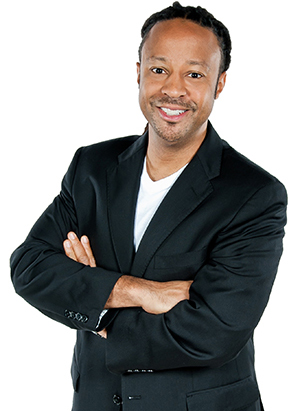“The explanation requiring the fewest assumptions is most likely to be correct.”―William of Ockham
We all naturally use patterns to help us understand the world around us. Making assumptions allows us to use past experiences to recognize patterns and save time and mental effort when we make decisions. In fact, the reticular activating system (RAS) in our brains helps us filter out things that aren’t important to help us preserve energy and focal power. Without this ability, we’d likely by overwhelmed by all the stimuli and information we encounter every day.
Despite their obvious usefulness in our daily lives, assumptions are imperfect short cuts that are often inaccurate. We can overuse assumptions or make an inaccurate assumption about a person or a situation. Assumptions are often driven by emotion instead of actual evidence which is why assumptions can retard our ability to think, discern and make good decisions.
If all our preconceptions and assumptions turned out to be true, life would seem to be more stable and predictive than it really is. Like it or not, nobody can predict the future. It takes more effort to look, listen and ask questions than it does to sit back and make assumptions. To make matters worse, after we make assumptions, we often feel the need to defend them. Ultimately, it doesn’t matter what we thought was going to happen or what was supposed to happen because in life we will always be forced to deal with what actually happens. Prioritize discovering the truth over protecting your ego. Assumptions limit your inquiry and cloud your judgement, so whenever possible make observations rather than assumptions.
























